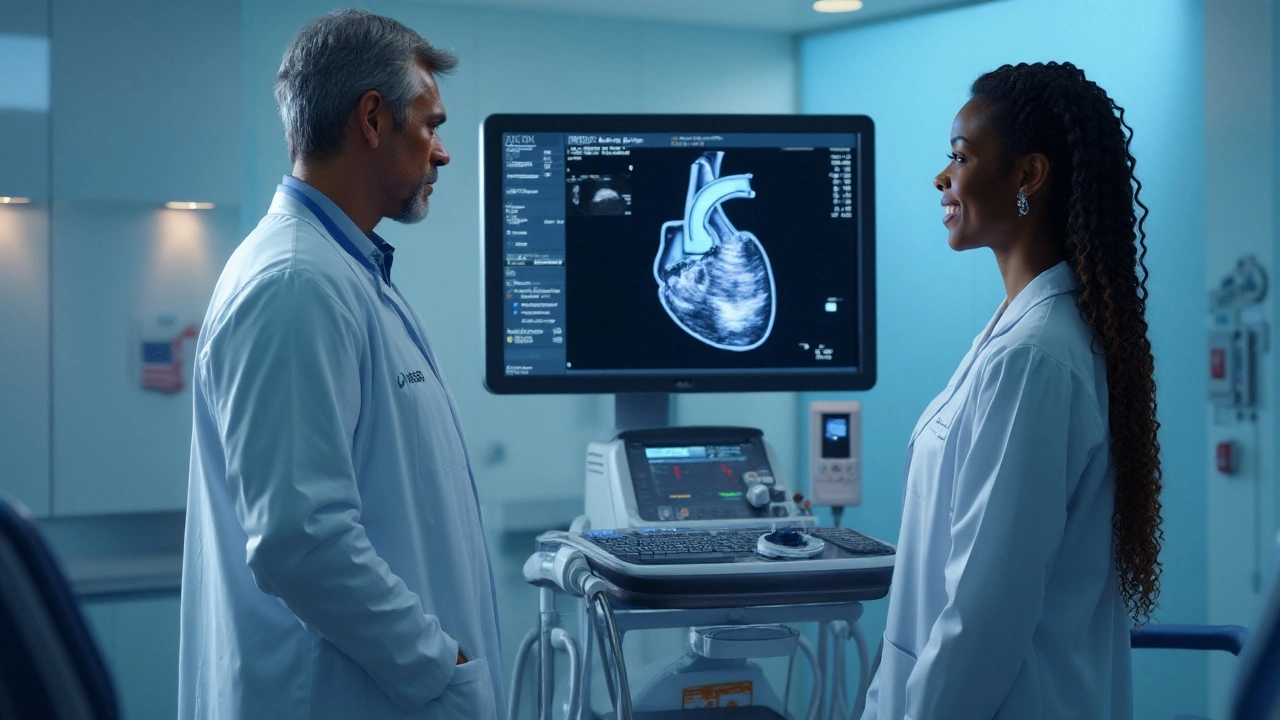Speckle Tracking: What It Is and How It’s Used in Heart Imaging
When doctors need to see how well your heart is pumping, they don’t just guess—they measure. speckle tracking, a non-invasive ultrasound technique that tracks natural patterns in heart tissue to assess muscle movement. Also known as strain imaging, it lets clinicians spot subtle changes in heart function long before symptoms show up. Unlike older methods that rely on simple measurements like ejection fraction, speckle tracking follows tiny, naturally occurring bright spots—called speckles—in the heart muscle across each heartbeat. This gives a detailed, pixel-by-pixel view of how each part of the heart stretches, contracts, and twists.
This technique is especially useful for spotting early damage from conditions like high blood pressure, diabetes, or chemotherapy. It doesn’t need contrast agents or extra scans—it works with standard echocardiograms you’d already get. Doctors use it to evaluate echocardiography, the standard ultrasound imaging of the heart in ways that older tools can’t. For example, it can tell if the left ventricle is weakening before it shows up on a regular scan, or if a heart attack has damaged a specific region even if the overall pumping number looks fine. It’s also used to monitor heart function, how effectively the heart moves blood through the body in patients with heart failure, valve problems, or after heart surgery.
What makes speckle tracking powerful is its precision. It can detect problems in the heart’s twisting motion—something called torsion—that other tests miss. That’s why it’s becoming a go-to tool for cardiologists who want to catch issues early, adjust treatments faster, and avoid surprises. It’s not just for big hospitals either—many clinics now use it routinely because the software is built into modern ultrasound machines. You won’t feel anything different during your scan, but the data it gives your doctor is far richer than ever before.
If you’ve had an echocardiogram and heard terms like "global longitudinal strain" or "regional wall motion," that’s speckle tracking at work. Below, you’ll find real-world examples of how this technology is applied—whether it’s tracking heart changes in diabetes patients, spotting early signs of heart damage from cancer drugs, or comparing how different treatments affect heart muscle movement. These aren’t theory papers—they’re practical insights from real cases, written for people who want to understand what’s happening inside their heart.
Learn how echocardiography identifies left ventricular dysfunction, the key measurements involved, and when to complement it with other cardiac tests.
Sep, 25 2025

